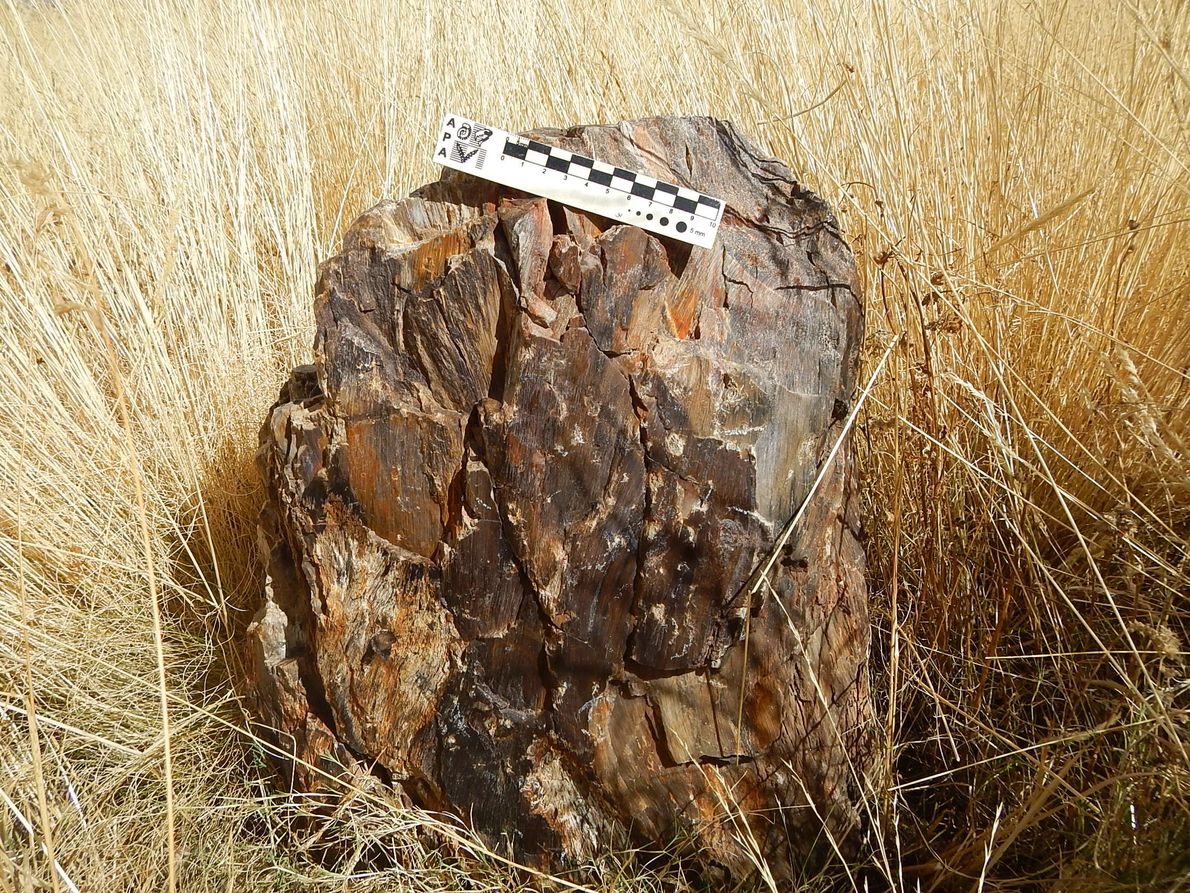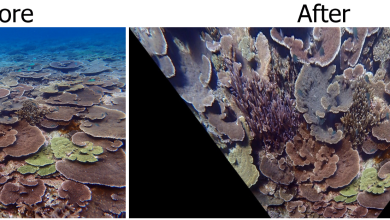Climate Findings in the Fossils
Throughout Earth’s existence, the land has been altered over time. Ecosystems have appeared and disappeared. New research involving a Florida Tech faculty member is another example of the planet’s changes.
In a recent study by a team of researchers led by the Smithsonian Tropical Research Institute (STRI) and including Florida Tech biology professor Mark Bush, fossils of large rainforest trees that grew in the Andean Altiplano region 10 million years ago call current paleoclimate models into question. The findings show that the area was more humid than climate models predict.
The study, “Neogene Precipitation, Vegetation and Elevation History of the Central Andean Plateau,” was published in the August edition of Science Advances.
The Andes mountains are being squeezed upwards by geologic plates colliding. About 10 million years ago, the modern Altiplano region, which today forms a plateau over 13,200 feet above sea-level, was much lower. While researching the geology of the plateau, the team discovered fossils of leaves, wood and a spectacularly large tree. Despite being found above where modern trees grow, the anatomy of the petrified wood was like that of modern lowland rain forests trees. Based on the physiology of that tree and the fossils of leaves and pollen found with it, the research team calculated that when that tree was alive this section of the Andes was no more than 6,560 feet above sea level.
The team was also able to estimate the rainfall needed to support this flora and found it was at least three times more than what was predicted by the latest generation of climate models.
Bush worked with the team by contributing modern pollen data for the researchers to compare and calibrate the models.
A second exposure of fossil that was dated to about 4 million years ago painted a different picture, one that was similar to today’s cold grassland setting.
While climate models have advanced over time, there is still some work to be done. Models sometimes can inaccurately gauge humidity by not reading altitude and air mass patterns correctly, causing them to model a previous land as drier than it actually was. In the case of the Andes, the mountain range acts as a wall that takes air coming in from the Atlantic and turns it south, back out over southern Brazil to the Atlantic. Some models don’t factor in the change of course and project the air as flowing over the Andes toward the Pacific, something Bush noted may have been the case with the climate model analyzed by the researchers.
A final message from this study was that as climate changes, the combination of species that grow together provides new combinations of species in novel groupings.
“The ancient system had no modern analog, so it’s a totally different mixture of plants that were growing at the site. While we can recognize many of the genera of plants, you couldn’t find them growing together today,” Bush said. “That is another really important message for us: as we change climate, we are going to change the combinations of species around us in unpredictable ways.”
Through learning more about the Andes, and the modeling system, future researchers can better understand and map the precipitation of the hemisphere’s climate engine, the Amazon.
“Every new generation of model has increased resolution and they just improve exponentially, but we’re still not quite there yet,” Bush said. “Because precipitation is quirky by nature, it’s harder to make those projections.”
###





